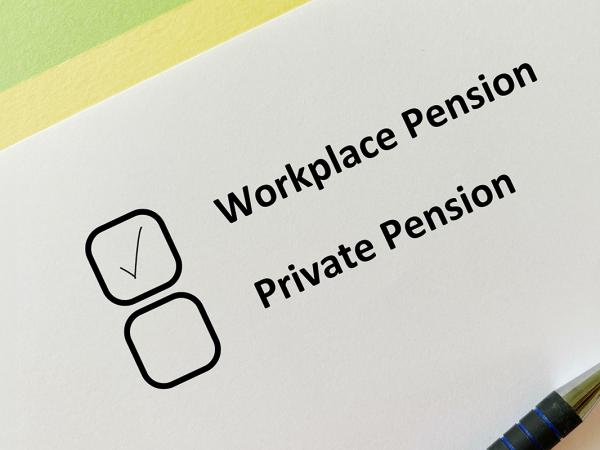Pensions auto-enrolment: common issues for low-income workers
On this page we look at two of the most common issues that can affect low-income workers who contribute to a pension under auto-enrolment – varying pay and having more than one job.

Varying pay
Auto-enrolment applies to all employees that meet the criteria to be enrolled, including short-term, seasonal, temporary staff or other staff who are not on regular hours or incomes. This might include for example fruit pickers, labourers, workers recruited in retail to cover peak periods etc.
Your income may vary, but if at any point, you earn more than the eligibility threshold for your pay period, your employer should auto-enrol you at that time. You employer may also decide to postpone you and then enrol you after three months.
You can read more about the eligibility criteria on our page Pensions: auto-enrolment into workplace pensions.
Once you have been enrolled, and assuming you do not opt out, your employer will calculate pension contributions each time you are paid, in accordance with the percentage table shown on our page Pensions auto-enrolment: contributions.
The percentages only apply to qualifying earnings over £6,240 a year (or the appropriate amount for your pay period). If your income fluctuates, this may mean that in some pay periods you could earn enough for there to be pension contributions, and in other pay periods you will fall short and there will be none.
If your earnings are less than the threshold, you can ‘opt in’ to auto-enrolment if you want to – and you may get an employer contribution. Also, most pension schemes will allow workers to contribute more than the minimum they need to under law, either by increasing their contribution by a set percentage or by making occasional or one-off contributions.
You can read more about opting in and opting out of auto-enrolment on our page Pensions: auto-enrolment into workplace pensions.
More than one job
If you have more than one job, then each of your employers will have to check whether you are eligible for auto-enrolment for that employment separately.
This may mean that no employer needs to enrol you in a workplace pension scheme, although overall you may earn more than £10,000 per year. You can read more about the eligibility criteria on our page Pensions: auto-enrolment into workplace pensions.
On the other hand, you may be eligible in one job but not the other, or both.
If you are eligible in both jobs, then you should be automatically enrolled in both workplace pension schemes (although you can decide to opt out). The contribution amounts involved are likely to be smaller than if you earned all your income from one job, because the first £6,240 of earnings in each employment are not included in the calculations.



